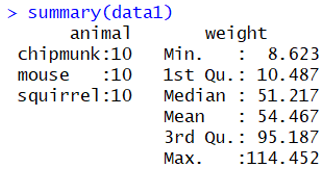
(one of the reasons I don't do serious Commodore stuff via the emulators too) So, knowing 'I can do something about this' I have went to work on generating the key legends for IBM/Mac Keyboards. Recently I got a chance to play with the CommodoreOne being developed by Jeri Ellsworth, and found that even though it was great working on a P2S/2 style keyboard, it was darned hard to do any stuff with graphics symbols since they aren't printed on the keys. this reads both the uppercase/graphics set and the second upper/lower case set.ġ070 fp = c*8+l : fseek #3,fp : x = fgetbyte(3) : p = 0ġ080 if x and 2^p then graphics fillrect xo+1+(7-p)*2,yo+1+l*2,xo+3+(7-p)*2,yo+3+l*2ġ090 p = p+1 : if p 460 then xo = 5 : yo = yo+18īesides the changing of some symbols to letters, do you notice the four other characters that differ from set to set? (note I added the grey border around each character, which I think improves judging its shape then without it.)Ĭreating Commodore Graphic Key Legends for the CommodoreOne and Emulators

I was able to locate the needed ROM in the VIC directory of VICE, the file name is chargen.Īs a to make sure reading was not a problem, I wrote out this test.
For readability in the legends I chose the VIC-20 set because it matches the C64 set and is not double wide like like the 64 legends. Each byte represents one line and eight lines is a complete 8×8 character. To make the template first I had to be able to get the character set, fortunately the Commodore character ROMs are a direct bit image.


 0 kommentar(er)
0 kommentar(er)
